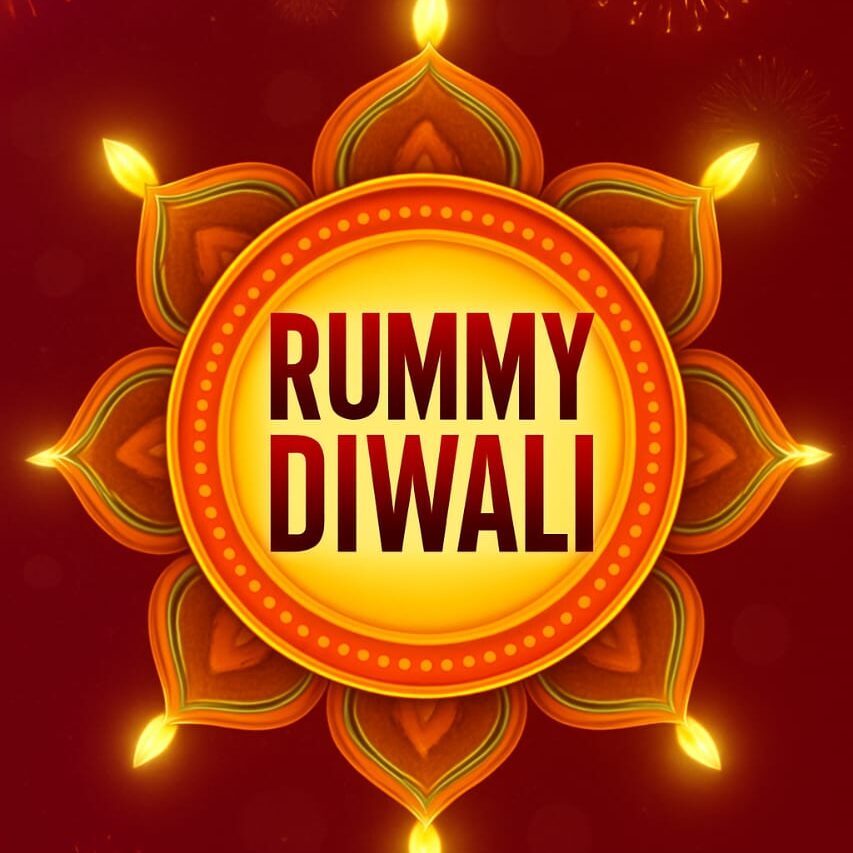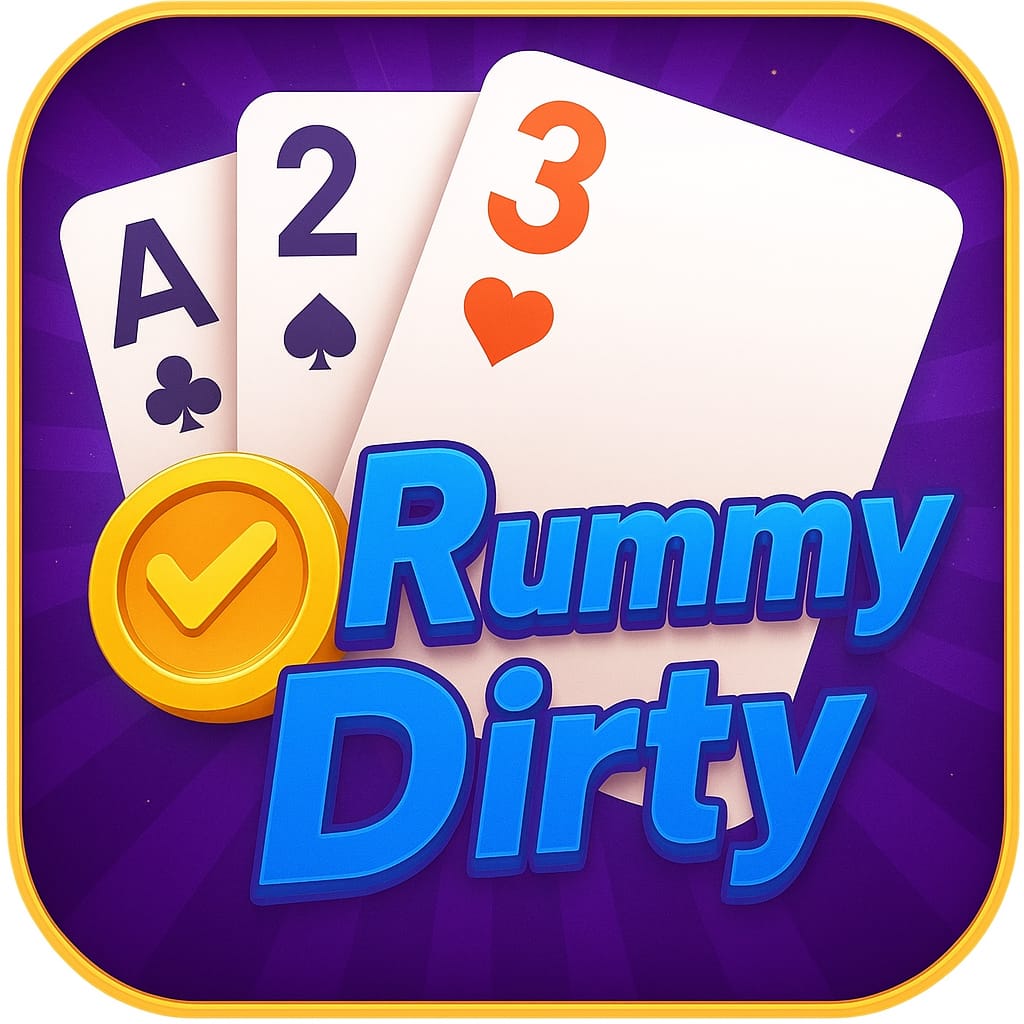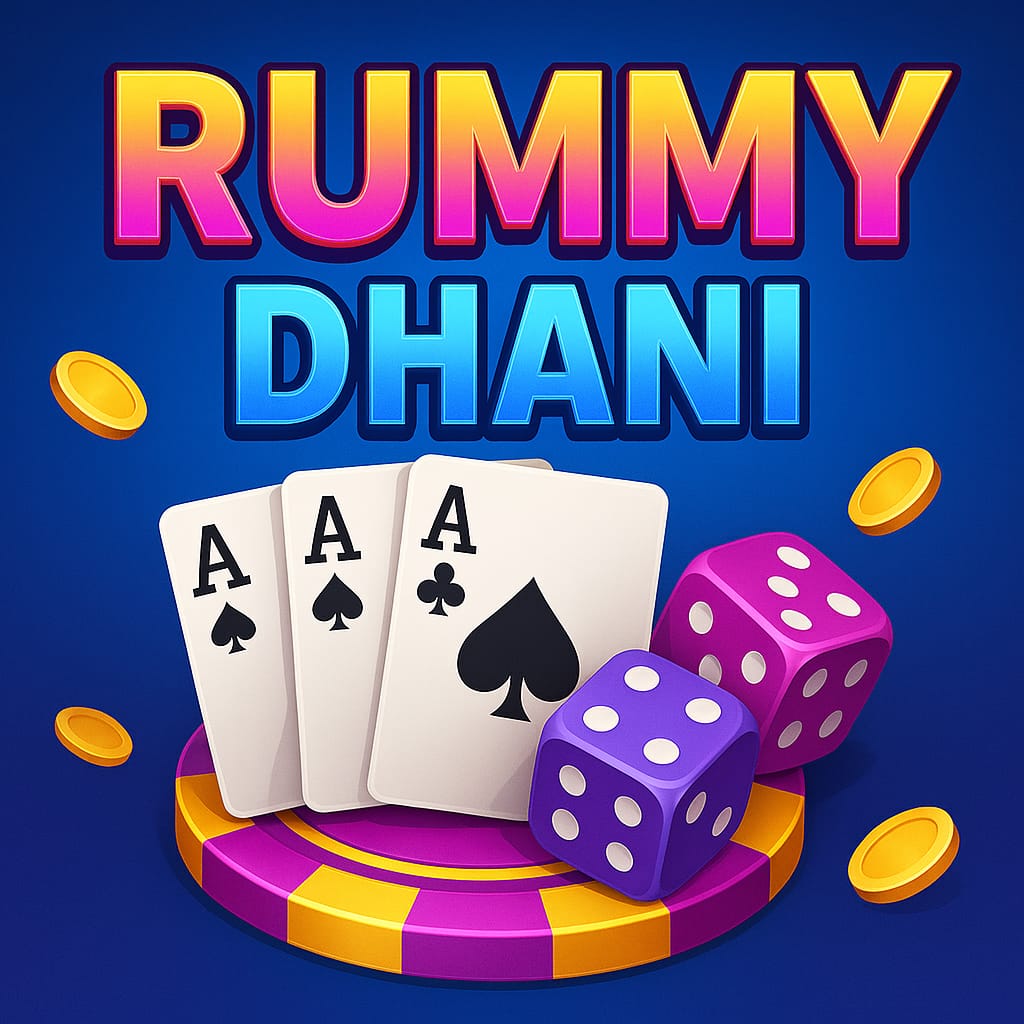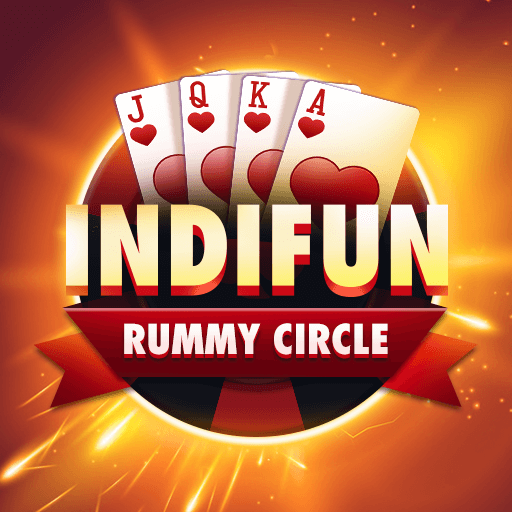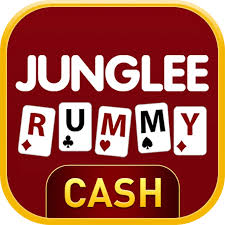Sure! Here’s a detailed and clear article about 13 Cards Rummy Rules:
—
13 Cards Rummy Rules: A Complete Guide to Master the Game
13 Cards Rummy, commonly known as Indian Rummy, is one of the most loved card games in India. Played with two to six players, this game requires skill, strategy, and quick decision-making. While the game is fun and competitive, it’s important to understand the basic rules of 13 Cards Rummy to play effectively—and win. Also Download Happy Teen Patti
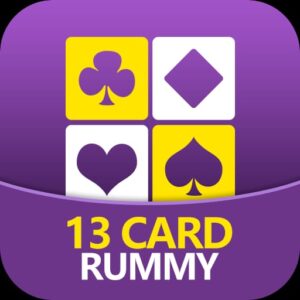
In this article, we’ll walk you through all the essential rules, from card distribution to how to make valid declarations.
—
Objective of 13 Cards Rummy
The primary objective is to form valid sets and sequences using the 13 cards dealt to each player. To win, a player must arrange their cards into valid combinations and make a proper declaration.
A valid declaration must have:
At least two sequences
One pure sequence (without jokers)
Remaining cards arranged in sequences or sets
—
Setup & Card Dealing
13 Cards Rummy is played with 1 or 2 standard decks of 52 cards, depending on the number of players.
Each player is dealt 13 cards.
A wild joker is selected randomly from the deck (e.g., 5♦).
All cards of the same rank (like all 5s) become wild jokers.
Printed jokers in the deck are also used as jokers.
—
Key Terms You Need to Know
Sequence: Three or more consecutive cards of the same suit.
Pure Sequence: No joker used (e.g., 4♣ 5♣ 6♣)
Impure Sequence: Includes a joker (e.g., 4♣ 5♣ Joker)
Set: Three or four cards of the same rank but different suits (e.g., 9♠ 9♦ 9♣)
Joker: Can substitute for any card, except in pure sequences
—
Turn Rules: How to Play Each Round
1. Draw a Card:
On your turn, draw a card from either the closed deck (face down) or the open deck (face up).
2. Discard a Card:
After picking a card, discard one card to the open pile.
3. Repeat:
Players continue drawing and discarding cards to improve their hand.
4. Declare:
When your hand has all valid combinations, make a declaration.
—
Declaration Rules
To win, your hand must include:
2 Sequences minimum
At least 1 Pure Sequence
Other cards should be grouped into valid sequences or sets
Example of a Valid Hand:
Pure Sequence: 3♥ 4♥ 5♥
Impure Sequence: 7♠ 8♠ Joker
Set: Q♣ Q♦ Q♠
Remaining: 2♦ 2♣ 2♠
—
Points System (in Points Rummy)
The winner gets 0 points.
All losing players get points based on their unmatched cards.
Face cards (J, Q, K, A) are worth 10 points each.
Number cards are worth their face value.
Maximum points a losing player can get: 80.
—
Types of 13 Cards Rummy Games
Points Rummy: Fast games; points carry a cash value.
Pool Rummy: Eliminates players who reach 101 or 201 points.
Deals Rummy: Fixed number of rounds; lowest total points wins.
—
Do’s and Don’ts
Do:
Always aim to create a pure sequence first.
Discard high-point cards if you’re unsure of winning soon.
Keep track of jokers and opponent’s moves.
Don’t:
Don’t declare without a pure sequence—it’s an invalid declaration.
Don’t hold on to unmatched high cards for too long.
—
Final Thoughts
Mastering the rules of 13 Cards Rummy is the first step toward becoming a skilled player. With a good mix of focus, planning, and strategy, anyone can enjoy and excel at this classic game.
So next time you play, remember the golden rule: No pure sequence, no win!
—
Would you like this article formatted for a rulebook, app guide, or beginner’s blog post? Let me know how you’d like to use it! Also Download Teen Patti Joy









